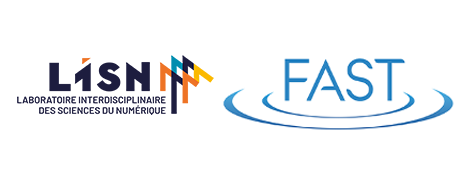
Efficient prediction and optimization of propeller aerodynamic and acoustic performance is of paramount importance to the analysis and design of various urban air mobility concepts emerging over the last decade. In this talk, three related research efforts towards propeller noise prediction and minimization will be presented. Firstly, an adjoint-based propeller simulation and optimization framework is presented, capable of predicting the aerodynamic and aeroacoustic performance and optimizing the blade geometry of isolated propellers in minutes, subject to acoustic constraints. As part of this tool aerofoil aerodynamics are obtained using a machine learning approach, allowing for optimization of the blade profile as well as an increase in computational efficiency. To improve the predictive capability of the propeller simulation code, the second part of this talk presents the first exploratory effort in developing a data-driven framework consisting of a deep neural network machine learning (ML) model trained in a multi-fidelity manner using transfer learning (TL) and active learning (AL). The model is first trained using a large number of computationally inexpensive low-fidelity simulations and then enhanced by a small number of high-fidelity aeroacoustic wind tunnel measurements using TL. Additional propellers which were manufactured and experimentally measured were intelligently selected based on an AL algorithm designed to minimize the predictive error of the ML model at farfield observer locations. The final part of this talk presents our latest effort in tackling the challenging problem of propeller broadband noise minimization. A ML-adapted wall pressure spectrum (WPS) model is developed using a data-driven approach and is shown to improve the broadband noise prediction when used in conjunction with the a trailing edge noise model.